Computer vision is expanding quickly and has the potential to completely change how we interact with technology, being at the forefront of many cutting-edge advancements, from self-driving automobiles to augmented reality.
Reading a computer vision book can be an excellent approach to learning and acquiring insight into this field and its applications.
From the principles of computer vision to more advanced technologies, these books will provide you with a thorough overview of the area and its applications – whether you’re a student, researcher, or professional.
In this article, you’ll find 12 of the best books on computer vision:
- Computer Vision: Algorithms and Applications (Texts in Computer Science)
- Computer Vision: Principles, Algorithms, Applications, Learning
- Multiple View Geometry in Computer Vision
- Computer Vision: Models, Learning, and Inference
- Computer Vision: A Modern Approach (International Edition)
- Practical Deep Learning for Cloud, Mobile, and Edge: Real-World AI & Computer-Vision Projects Using Python, Keras & TensorFlow
- Modern Computer Vision with PyTorch: Explore Deep Learning Concepts and Implement Over 50 Real-World Image Applications
- Learning OpenCV 4 Computer Vision with Python 3: Get to Grips with Tools, Techniques, and Algorithms for Computer Vision and Machine Learning
- Deep Learning for Vision Systems
- Concise Computer Vision: An Introduction into Theory and Algorithms
- Computer Vision Metrics: Survey, Taxonomy, and Analysis
- Programming Computer Vision with Python: Tools and Algorithms for Analyzing Images
Computer Vision: Algorithms and Applications (Texts in Computer Science), by Richard Szeliski
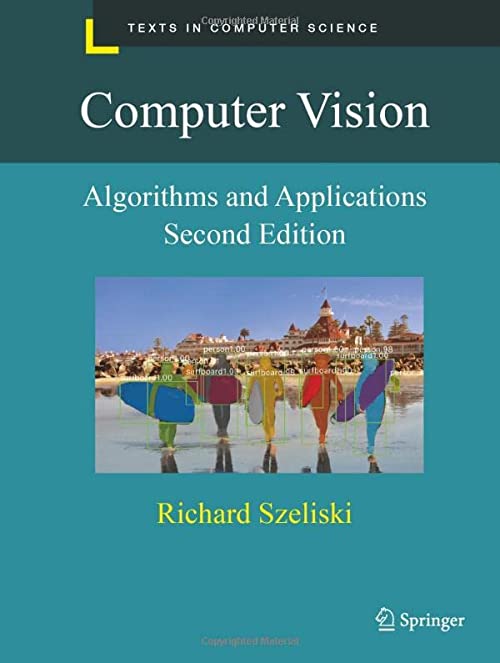
This computer vision book looks at the variety of techniques involved in analyzing and interpreting images, and describes real-world applications where vision is used successfully – in both specialized applications and consumer-level tasks.
The book takes a scientific approach to the formulation of computer vision issues, which are analyzed using classical and deep learning models and solved through rigorous engineering principles.
Often referred to as the “bible of computer vision”, it’s a must-read for those at a senior level, as it acts as a general reference text for fundamental techniques.
Computer Vision: Principles, Algorithms, Applications, Learning, by E. R. Davies
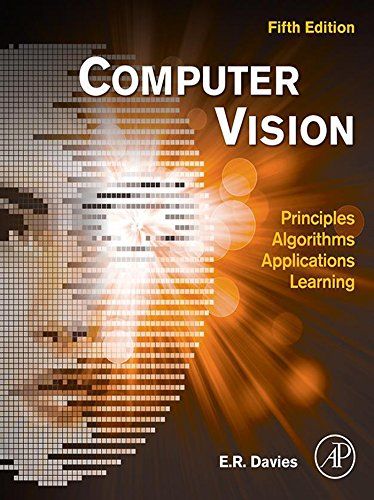
Davies covers computer vision’s fundamental methodologies while he explores its theoretical side, such as algorithmic and practical design limitations. Made for undergraduate and graduate students, researchers, engineers, and professionals, the book offers an up-to-date approach to modern problems.
The latest edition also includes:
- A new chapter on object segmentation and shape models.
- Three new chapters on machine learning, two covering basic classification concepts and probabilistic models, the other the principles of deep learning networks.
- Personalized programming examples: illustrations, codes, hints, methods, and more.
- Discussions on the EM algorithm, RNNs, geometric transformations, semantic segmentation, and more.
- Examples and applications of developing real-world computer vision systems.
- And more.
Multiple View Geometry in Computer Vision, by Richard Hartley & Andrew Zisserman
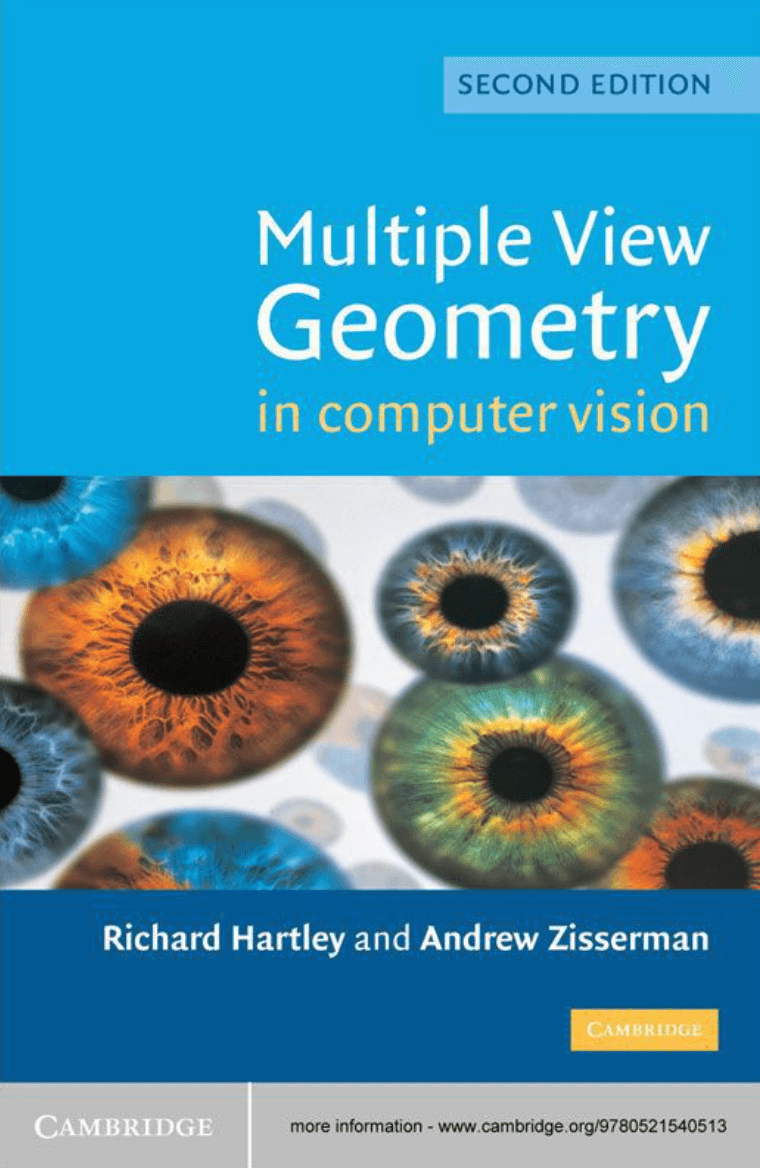
This textbook covers mathematical principles and techniques of multiple view geometry, a key area in computer vision. It also goes over the basic theory of projective geometry, which is the geometry of image formation, and the estimation of camera motion and structure from image sequences.
You’ll also find insights into image rectification, 3D scene recovery, and stereo correspondence. The book explains how to define objects in algebraic form for more straightforward computation, and it addresses the main geometric principles. It offers you a clear understanding of computer vision’s structure in a real-world scenario.
Computer Vision: Models, Learning, and Inference, by Simon J. D. Prince
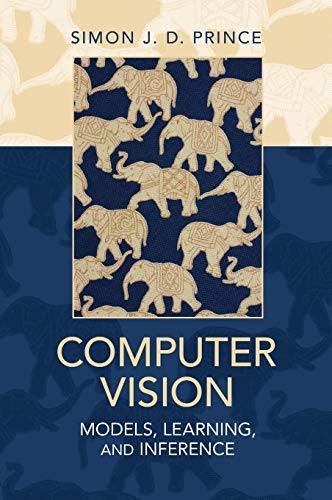
The book Computer Vision: Models, Learning, and Inference offers a thorough introduction to the subject. The book covers a wide range of topics, such as picture generation, feature detection and extraction, object recognition, motion analysis, and machine learning techniques to enhance computer vision systems' performance.
Along with a review of current research, it also contains a thorough description of computer vision's mathematical and statistical underpinnings. The book offers a thorough and current introduction to the discipline and is written with graduate students, researchers, and practitioners of computer vision and related fields in mind.
Computer Vision: A Modern Approach (International Edition), by David A. Forsyth
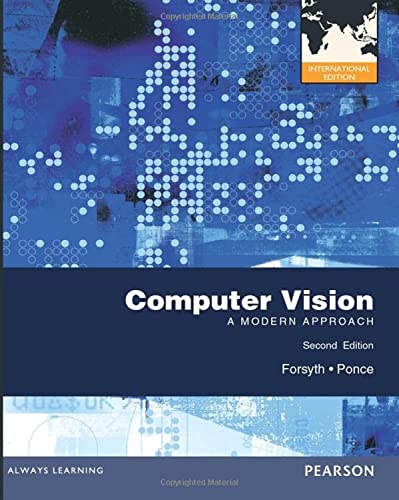
This computer vision book covers the essential ideas and methods of computer vision. It’s divided into four main sections, starting with an introduction to computer vision and a rundown of its foundational mathematical techniques.
Image formation, covering subjects like image sensing, picture processing, and image analysis, is covered in the book's second section. Object recognition, encompassing subjects like feature detection and matching, object recognition, and object tracking, is covered in the third section of the book.
The book's concluding section discusses complex subjects including stereo, motion, and scene analysis. The writers illustrate the theories and methods covered in the book using a range of real-world examples and applications.
Practical Deep Learning for Cloud, Mobile, and Edge: Real-World AI & Computer-Vision Projects Using Python, Keras & TensorFlow, by Anirudh Koul, Siddha Ganju & Mehere Kasam
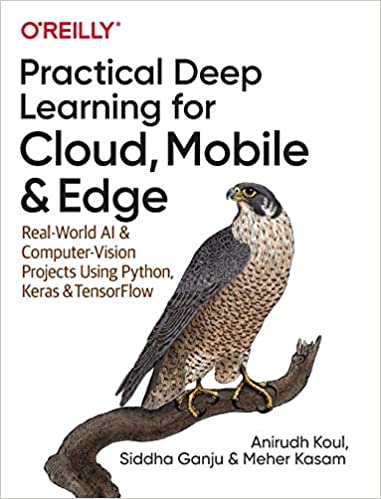
This book combines the Python programming language, the Keras and TensorFlow libraries, and several computer vision techniques to walk you through constructing actual projects using deep learning approaches for the cloud, and for mobile and edge devices.
It offers practical examples and code snippets to aid with your comprehension while covering subjects like picture classification, object identification, and video analysis. Developers, data scientists, and engineers who want to understand how to apply deep learning to create useful projects for the cloud, mobile platforms, and edge devices should read this book.
Modern Computer Vision with PyTorch: Explore Deep Learning Concepts and Implement Over 50 Real-World Image Applications, by V Kishore Ayyadevara & Yeshwanth Reddy
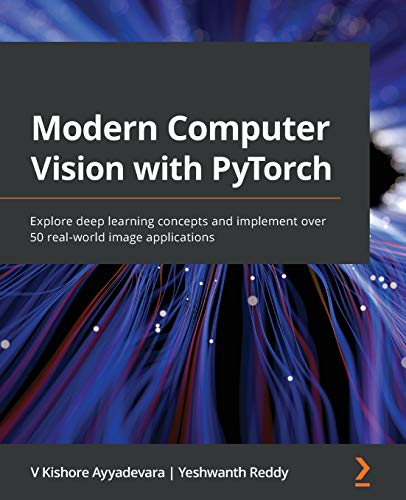
Many recent developments in various computer vision applications are fueled by deep learning. This book uses a practical way to teach you how to use PyTorch1.x on real-world datasets to solve more than 50 computer vision problems.
Ayyadevara and Reddy take you through how to train a neural network from scratch with NumPy and PyTorch. Plus, how to combine computer vision and NLP to perform object detection, how to deploy a deep learning model on the AWS server by using FastAPI and Docker, and much more.
Learning OpenCV 4 Computer Vision with Python 3: Get to Grips with Tools, Techniques, and Algorithms for Computer Vision and Machine Learning, by Joseph Howse and Joe Minichino
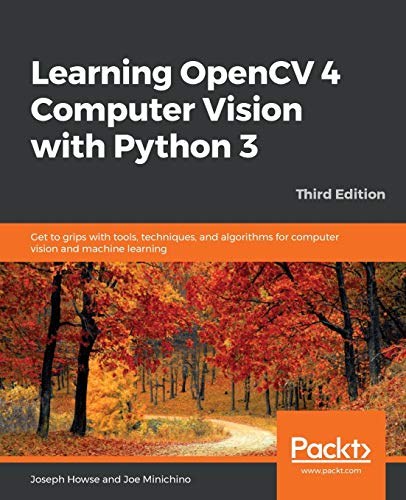
If you want to learn how to use the OpenCV library to develop computer vision and machine learning applications, then this book is for you. Howe includes practical examples and code snippets to help you understand the principles and their applications while covering a wide range of topics. These include image processing, object detection, and machine learning.
The computer vision book is also created for readers with some Python programming knowledge and is based on OpenCV 4, the most recent release of the library.
Deep Learning for Vision Systems, by Mohamed Elgendy
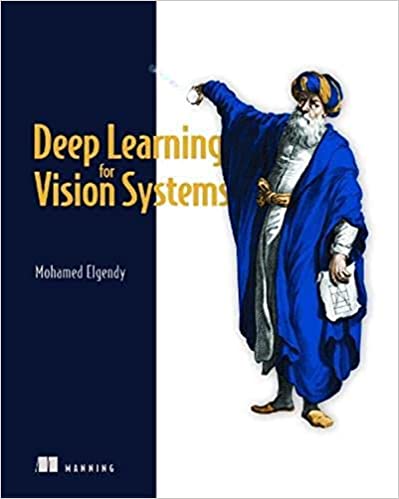
Building intelligent, scalable computer vision systems that can recognize and respond to things in pictures, movies, and real life is something you can learn how to do with Deep Learning for Vision Systems.
You’ll understand cutting-edge deep learning techniques such as:
- Image classification and captioning
- An intro to computer vision
- Transfer learning and advanced CNN architectures
- Deep learning and neural networks
Concise Computer Vision: An Introduction into Theory and Algorithms, by Reinhard Klette
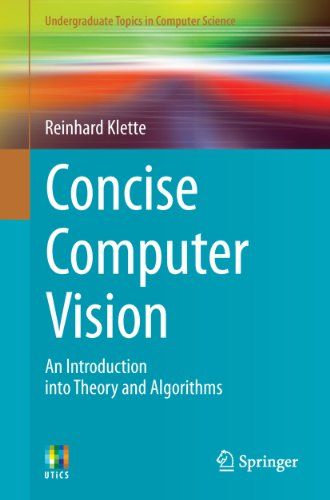
In this book, Klette offers a general introduction to the core ideas in computer vision, emphasizing key mathematical ideas and methods. At the end of each chapter, the book provides programming exercises and quizzes.
The book covers a wide range of related computer vision subjects, including mathematical ideas, picture segmentation, image recognition, and the fundamental parts of a computer vision system.
Computer Vision Metrics: Survey, Taxonomy, and Analysis, by Scott Krig
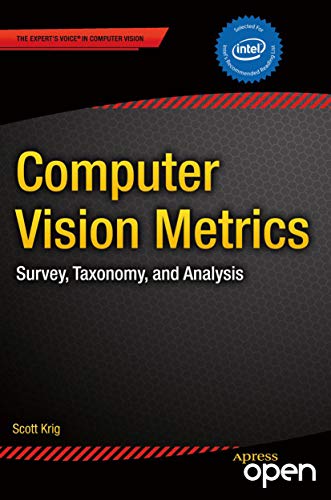
Krig offers a thorough explanation of the many metrics applied in computer vision. The book provides an overview of the state-of-the-art in computer vision metrics, a taxonomy of metrics based on their properties, and an evaluation of their advantages and disadvantages.
The book covers a wide range of subjects, such as performance evaluation for machine learning-based computer vision systems, object recognition and tracking, and image and video quality assessment.
Programming Computer Vision with Python: Tools and Algorithms for Analyzing Images, by Jan Erik Solem
This is a thorough computer vision reference for the Python programming language. The book covers a wide range of topics, including 3D reconstruction, object recognition, feature extraction, and image processing. Additionally, it offers a summary of the most well-known Python libraries and frameworks for computer vision, including OpenCV, scikit-image, and scikit-learn.
It includes more complex topics like feature extraction, object recognition, and 3D reconstruction too, and provides an introduction to computer vision and the fundamentals of image processing, such as image filtering, thresholding, and color spaces.
You can learn and apply the principles covered with the aid of real-world examples and code snippets. The book also provides a detailed explanation of the algorithms used, which is especially helpful if you want to go deeper into the theory behind computer vision.
Want more about computer vision? Check out our Computer Vision in Healthcare eBook:
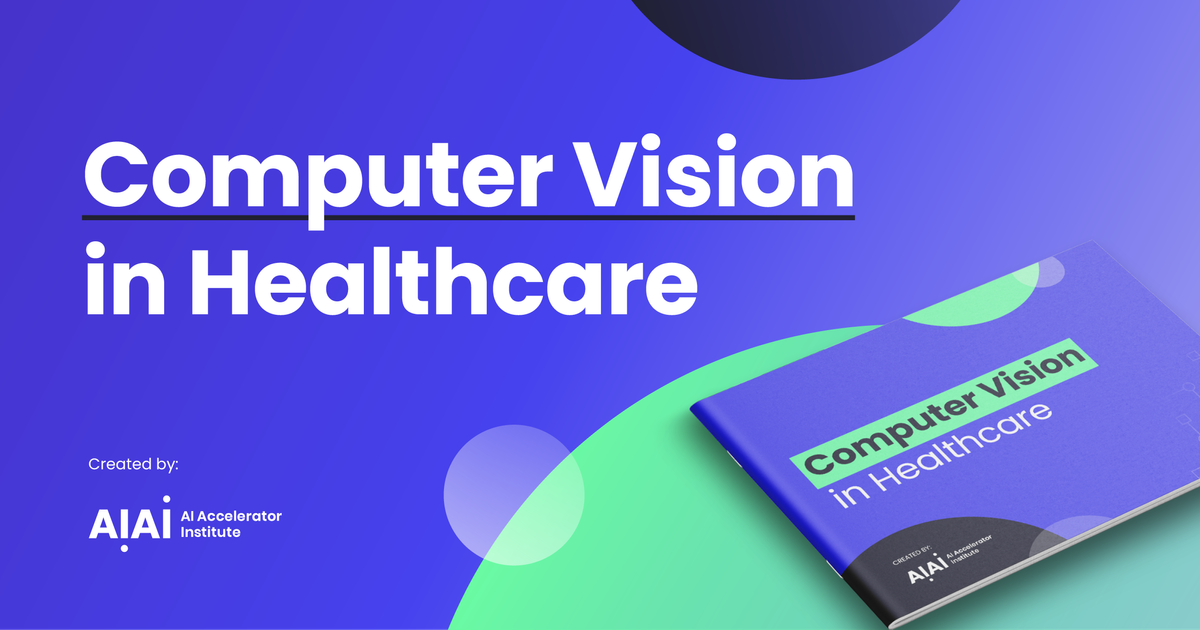



 Follow us on LinkedIn
Follow us on LinkedIn



